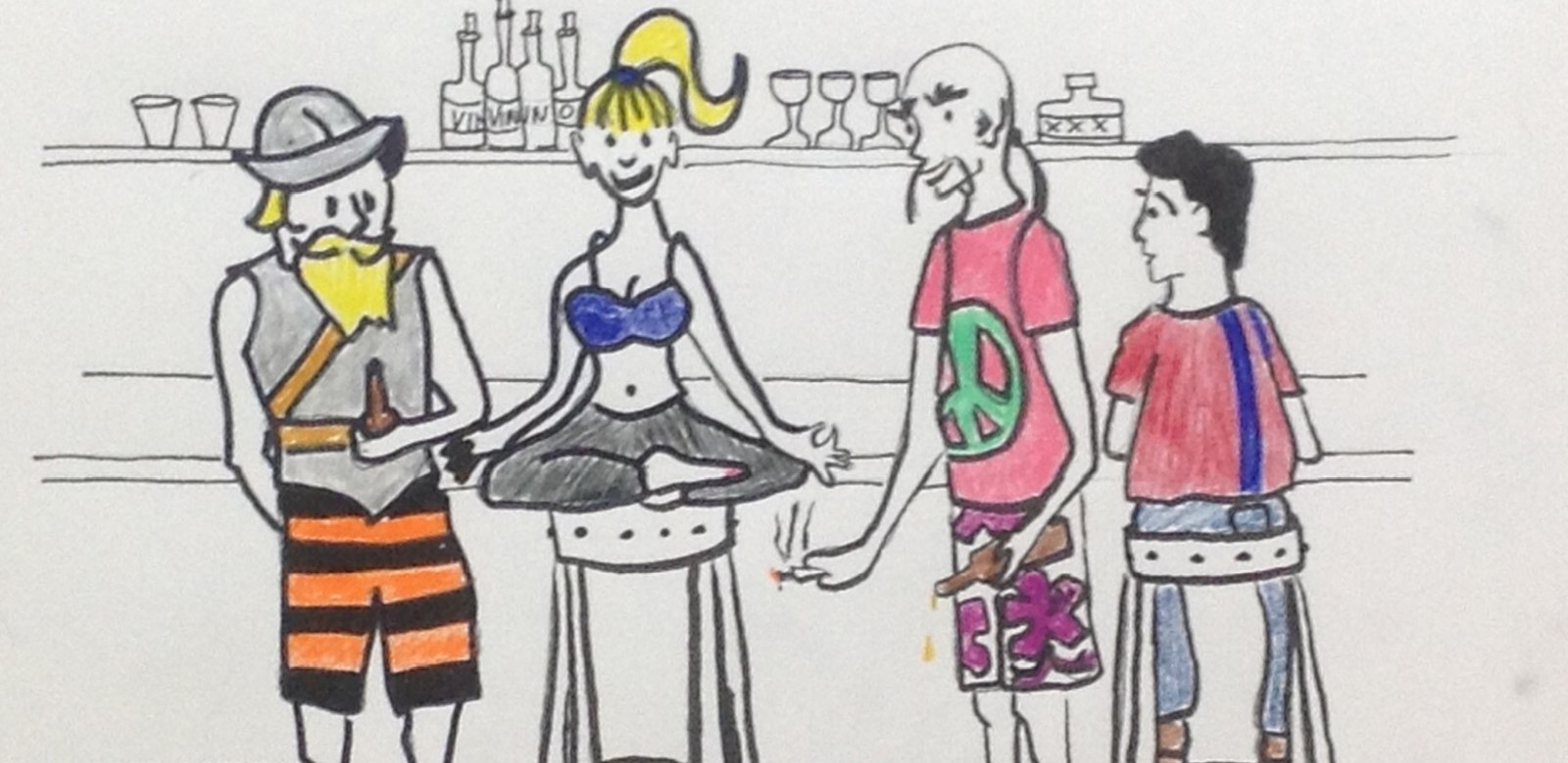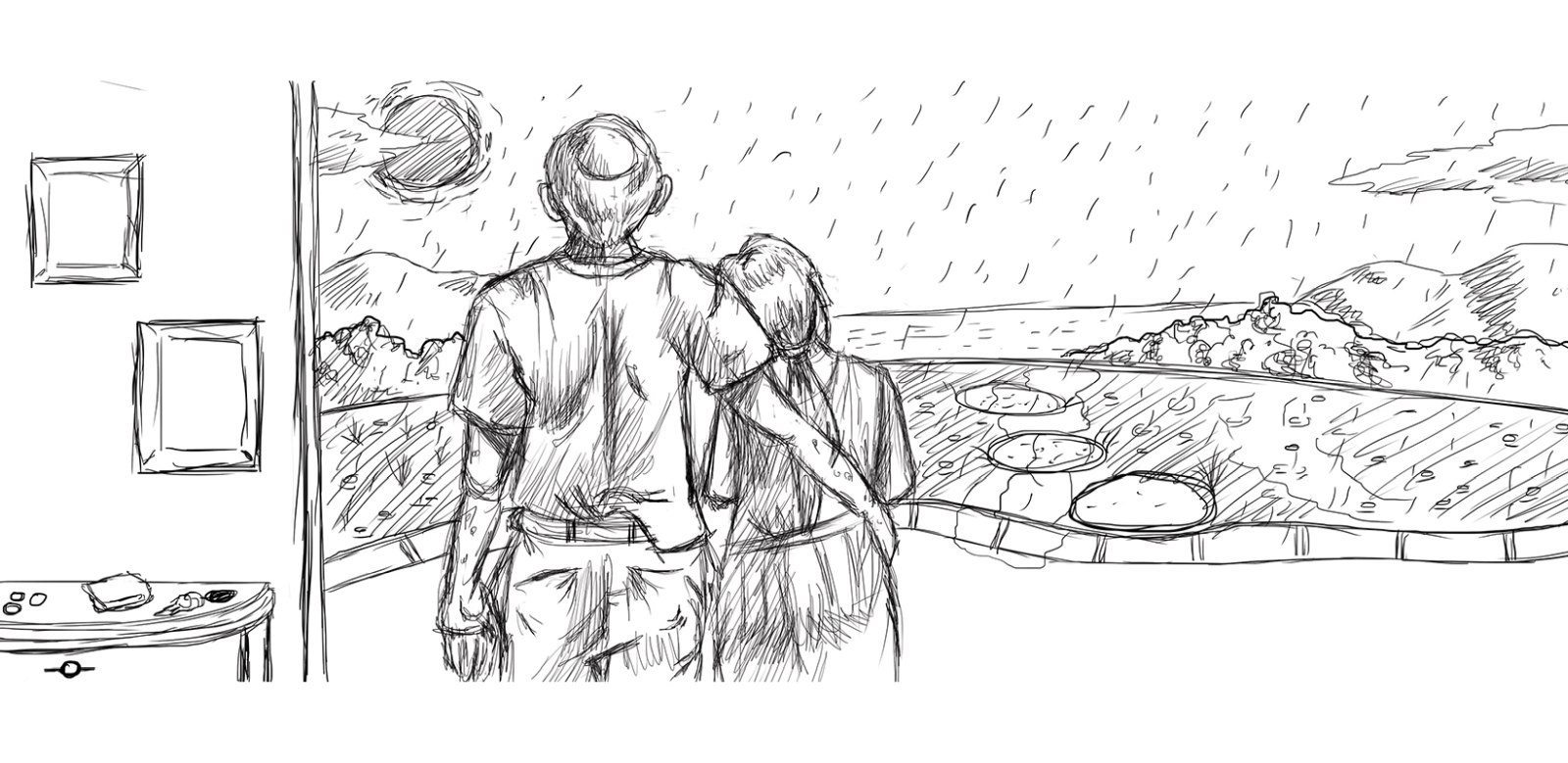
Costa Rica is a magnet for all types of animal life, including a creature calling itself the “expat”. Expats are a type of immigrant, but where most immigrants exist as a result of famine, war, or economic crisis, expats migrate by choice or accident rather than by necessity.
The following is a brief summary of the common expat varieties found in Guanacaste after years of observation and a big dose of sense of humor. I hope Ticos will find this guide useful in identifying and interacting with expats. And expats, if you do not see yourself described here-in, don’t worry, your neighbors do.
Modern Conquistador:
The MC has come to Costa Rica to get whatever it can. It has little or no interest in local culture except to the extent the indigenous population can be exploited for its own gain. This is possibly the most dangerous member of the group and is characterized by destructive nesting habits, its loud and ostentatious display and its voracious appetite. Keep your distance unless you are properly trained to handle this creature.
The Flag Wavers:
FW’s view themselves as superior to all other species. The FW is generally less destructive than the MC, though possibly more annoying. They often display flags from their homeland, and speak loudly of its superiority, which begs the question, why are they here?, a mystery that may never be solved. Do not try to communicate with them in Spanish. It antagonizes them. Always approach with caution as they are quite paranoid and often armed.
The Crested Om:
The CO is a much gentler creature. Generally found performing sun salutations on the beach or in a communal living space with others of its kind, it emits soft humming sounds or quiet chants, eats lightly and prefers to nest close to nature. They can be a bit obsessive in their eating habits which often focus on food avoidance. They are harmless, but may try to massage you (expecting payment for the act) and can be annoyingly perky.
The Brew Rooster:
BRs can be found on bar stools and at beachside tables in coastal Guanacaste clustered in boisterous social groups. This species takes most of its sustenance in liquid form, generally beer, vodka and/or rum. They tend to be harmless during daylight, unless you are depressed by hearing the same story repeated and repeated. At night however, if in their vehicles, they can be quite deadly and should be given a wide berth.
The Mother Hen:
Although the MH can be either male or female, females dominate the class. This creature has formed a loving, maternalistic bond with Costa Rica. Generally she is a docile animal. However if her habitat, or those she views as part of her flock, appear to be threatened she might very well attack, possibly with a machete. She is perhaps the most beneficial of the invasive creatures, but can be somewhat baffling and often amusing to Ticos. She may also sometimes be more helpful than is truly warranted or desired.
The Wild Hair:
WH is the most difficult to classify as it is fiercely individualistic and no two are alike in appearance, except perhaps in the eyes, where upon close examination one can detect a bit of fire. The Wild Hair will nest in the oddest places, sometimes in the homes of other expats, or if Tico’s are not diligent, right in a Tico home. The behavior of a WH is active and unpredictable. As long as they are not nesting in your home they can be viewed as harmless.
The Hairless Hippie:
Once a long-haired vagabond the HH still sports a thinning ponytail in the back. It can be identified by the cloud of sweet smelling smoke that hangs around it and its nesting site. It generally occupies a jungle hut of its own making, decorated with feathers, seashells and other found objects. It is constantly looking for food. It’s calls are “peace” and “love”. When riled it may squawk, but even when provoked it is unlikely to rise to action. HH’s lean heavily to the left, move slowly and probably carry a dog-eared paperback by Jack Kerouac, Tom Robbins or Hunter S Thompson.







Comments